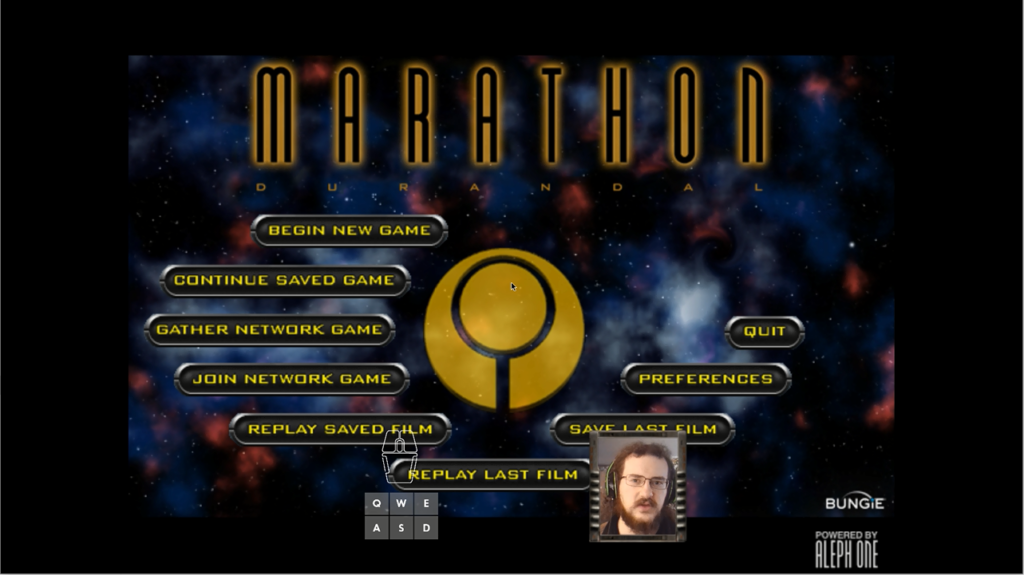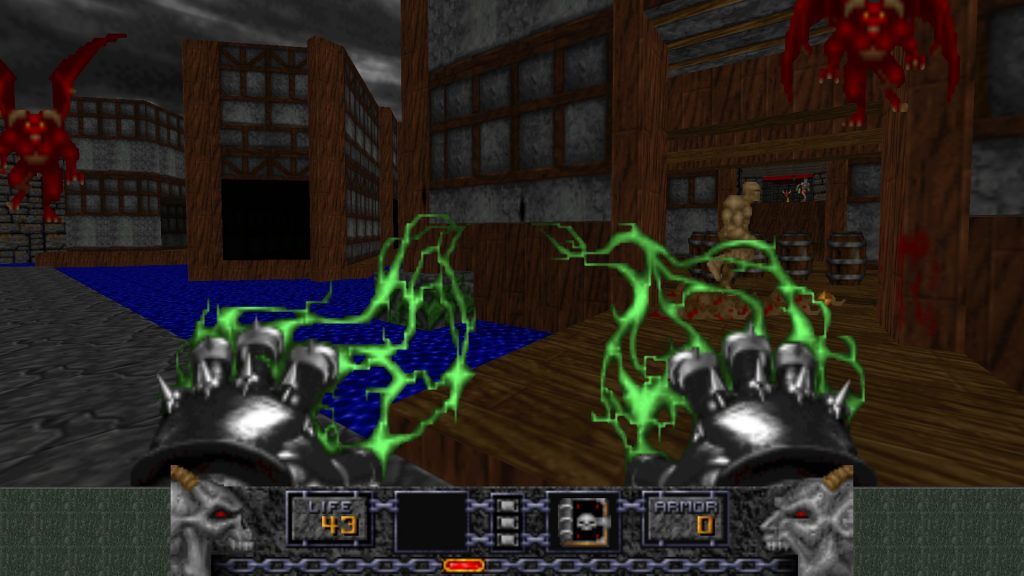Yaaaay~the best character in the game 😀

“Heroes get remembered… but legends never die.”
Continue reading “Bloodstained: Curse of the Moon (Completed)”
GOD EATER: Resurrection! It’s Anime Monster Hunter!
Why do I like Fate/Stay Night: Unlimited Bladeworks so much and why is everything else Fate-related questionable?
There’s a lot of unneeded negativity surrounding this game, which I’d like to avoid. Instead of pointing fingers and saying “it’s the devs fault” or “it’s the player’s fault” I’d like to instead express my experience with the game at face value.
As it stands, there’s not really anything *wrong* with Project Zomboid. It’s a game with plenty of little pieces for you to dive into, explore and master. If you’re Jonesin’ for an inventory management base-building survival zombie game that plods along at a bit of a slow pace, then this game’s definitely for you. For me though, most of the game feels hollow.
I dislike Collectible/Trading Card Games (CCGs/TCGs), and in particular Magic: The Gathering (MtG). CCGs feel like the microtransactions of the board game world, and all too often are quite expensive to keep up with. Yes, there’s Pauper format, but simply removing all the more powerful cards to preserve rarity feels cheap, in more ways than one. Admittedly, some of my distaste for CCGs comes from a desire to have complete collections, which is pretty incompatible with the roughly 19307 cards (x4 copies of non-lands) printed for MtG. However, the artificial rarity is what really turns me off of CCGs. MtG is one of the worst, with “white border”, “black border”, and of course the “holographic” or foil cards (not counted in the above count). The rarity is there to preserve the secondary market, which forces WotC to ban proxies at official events. There are arguments for banning realistic proxies anyway (counterfeit cards), but I tend to disagree.
What luck, then, that Living Card Games (LCGs) exist! A way to have a fun, extendable card game without the hassle of a secondary market or being unable to purchase a specific card you want from the manufacturer. But there’s a lot of card games out there, and most are terrible. In this article, I hope to catalogue the ones I’ve either played or heard good things about and review them as I get to play them more. I’m going to try and focus on mechanics over flavor, since I’m pretty setting-agnostic when it comes to my preference in games.
Continue reading “Living Card Games”Huh. Just realized I played these games backwards–first Hexen II. Then Hexen. And now, Heretic. Oh well.

Continue reading “Heretic: Shadow of The Serpent Riders (Completed)”
Tourniquet, tourniquet! Cut the bleeding!
There comes a time (1 and a half days for me apparently) when you simply have to cut off something that’s dead. Dragon Fin Soup is sadly such a game. The quintessential example of “when indie game companies go bad,” flipping through the forum posts of DFS is like reading perfectly preserved chapter book of poor management, over-hyped and undelivered promises, and disappointment in a game that is just *so* close to being good… but just doesn’t quite get there.